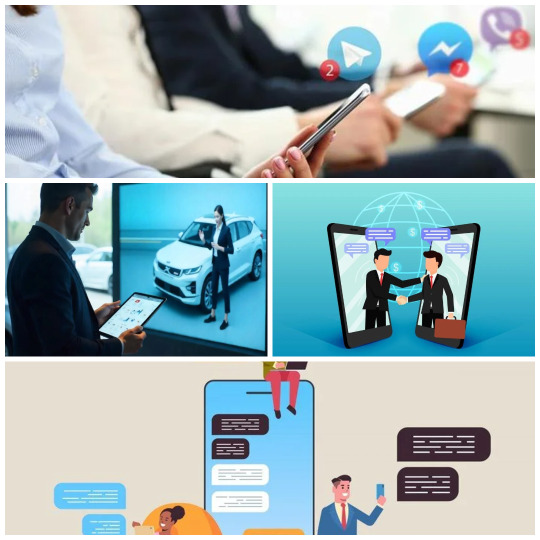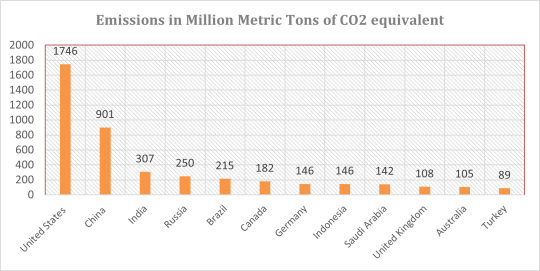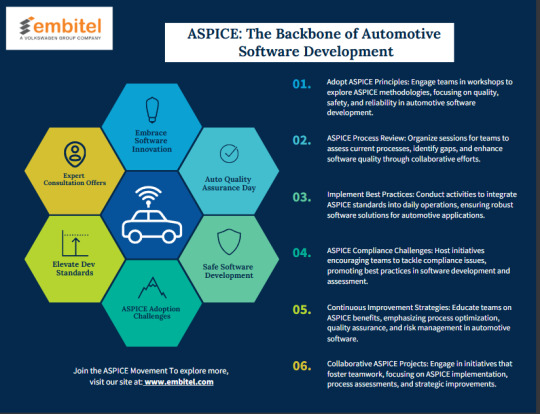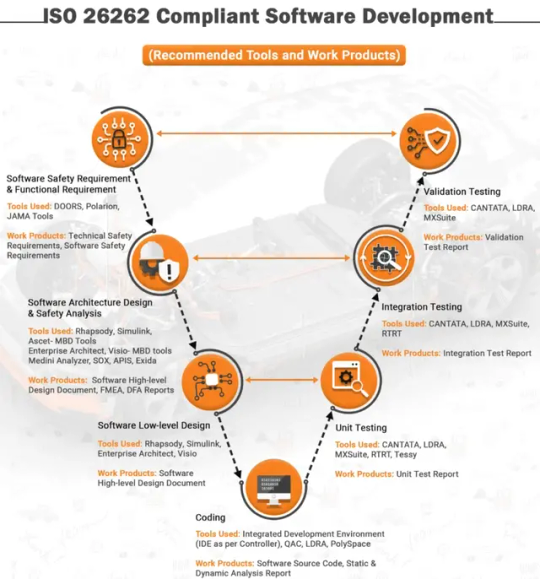Embitel is a Volkswagen Group Company. In close association with CARIAD, we have been playing a key role in developing the unified operating system for all vehicles of the Volkswagen Group brands. We are also a preferred technology partner for multiple global automotive OEMs, Tier 1 suppliers and industrial leaders for the development of advanced automotive solutions and full-stack IoT implementations. Embitel is well-known amongst global brands for our innovative strategies in delivering data-driven omnichannel commerce and digital experience solutions.
Don't wanna be here? Send us removal request.
Text
How Shopify Wholesale Ecommerce can your Stores Grow and Increase Sales

If you are a wholesaler looking for a reliable and efficient ecommerce platform to sell your products online, you might want to consider Shopify. Shopify is a popular and trusted ecommerce solution that offers many features and benefits for wholesale businesses. In this blog post, we will explore how shopify website development service can help you increase your sales, save time and effort, leverage other brands’ audiences, and enter new markets with less risk.
Read More: https://www.embitel.com/blog/ecommerce-blog/how-shopify-can-help-wholesale-stores-grow-and-increase-sales
0 notes
Text
How Conversational Commerce Solves B2B Communication Woes

Customer conversations in the B2B domain are mostly stuck in the stone age. Endless generic email threads, delayed responses, and the typical “Let me check and get back to you” replies that never get converted. Are your B2B customer conversations following this traditional framework?
Meanwhile, your B2C counterparts are out there closing deals at lightning speed with AI chatbots and conversational commerce tools.
Read More: https://www.embitel.com/blog/ecommerce-blog/what-is-conversational-commerce
0 notes
Text
Driving Automotive Sustainability: Telematics Innovation & Strategies

Transportation from point A to B is a fundamental aspect of human life, and hence, automobiles remain essential. We live in a world where energy is scarce and pollution is everywhere. The need of the hour is a solution that will enable automotive sustainability - one that will address challenges such as carbon emissions and climate change, while discovering reuse/recycle opportunities in the automotive value chain.

This article directs the spotlight on an unsung hero of the automotive industry, telematics - quietly serving its purpose of making the automotive industry sustainable by:

Read More: https://www.embitel.com/blog/embedded-blog/telematics-triumph-driving-sustainability-in-automotive-innovation
0 notes
Text


Automotive Infotainment Testing Best Practices | IVI System
Any discussion around the connected car ecosystem is incomplete without the mention of Automotive infotainment systems. What used to be a luxury addition is slowly starting to become a must-have feature in cars of different segments.
This is because, Automotive Infotainment systems – are helping the OEMs in realizing their vision of delivering a personalized, connected and safer experience to the end-consumers.
It won’t be an exaggeration to state that the Automotive World is moving towards the era of Digital Cockpits in Cars!
Read More: https://www.embitel.com/blog/embedded-blog/infotainment-testing-success-mantras-that-your-automotive-development-team-should-ace
0 notes
Text

Integrated Vehicle Control Unit (VCU) in Contemporary Electric Vehicles
As EV technology evolves, the need for a more centralized and efficient control unit has become paramount. This shift has led to the development of the integrated VCU, which consolidates multiple vehicle control functions into a single, more efficient module.
This blog will explore the intricate architecture, key functions, communication frameworks, advantages, challenges, and emerging trends shaping the evolution of integrated Vehicle Control Units in modern electric vehicles.
Architecture of an Integrated Vehicle Control Unit
The architecture of an integrated VCU is designed to support and streamline the communication between various components of the vehicle. Traditionally, an electric vehicle would rely on separate control units for functions like battery management, motor control, traction control, and energy management. However, with the integrated VCU, all these functions are centralized into a single unit.
Read More:
0 notes
Text

How do VCU and MCU in Electric Vehicles Function Hand in Hand?
Electric Vehicle performance relies heavily on the seamless coordination between its various control units. Among them, the Vehicle Control Unit and the Motor Control Unit form a critical duo responsible for power delivery, efficiency, and overall drivability.
While MCUs and VCUs serve distinct roles, their operations are highly interdependent. Together, they ensure optimal torque management, real-time fault detection, and energy optimization.
This blog explores their intricate coordination and why a robust integration strategy is essential for modern EVs.
Read More:
0 notes
Text

The automotive industry is in the midst of a technological revolution, with software becoming the backbone of modern vehicles. From autonomous driving systems and advanced driver-assistance systems (ADAS) to connected car technologies and enhanced safety features, software is driving innovation like never before. However, with this increased reliance on software comes the challenge of ensuring its quality, safety, and reliability. This is where Automotive SPICE® (ASPICE) steps in.
ASPICE is a globally recognized framework designed to assess and improve software development processes specifically for the automotive industry. It provides a structured approach to ensure that software systems meet the highest standards of quality, safety, and efficiency. By adopting ASPICE, organizations can not only streamline their development processes but also ensure compliance with industry regulations and standards. In this blog, we’ll dive deeper into what ASPICE is, why it’s important, and how it can benefit automotive software development.
What is ASPICE?
Automotive SPICE® (ASPICE) is a process assessment model tailored for the automotive industry. It serves as a guideline for organizations to evaluate and enhance their software development processes, ensuring they meet the rigorous demands of the automotive sector. ASPICE is based on the ISO/IEC 330xx series of standards, which provide a foundation for process assessment and improvement.
The framework consists of two key models: Visit our website for more details: https://www.embitel.com/
0 notes
Text
[Infographic] How to Determine ASIL for Automotive Applications, as per ISO 26262 Standard

This infographic has been created based on the video blog post “[Video] How ASIL is Determined for Automotive Applications as per ISO 26262 Standard”. Read the blog and watch the ASIL determination video to get a detailed insight regarding ASIL determination process
0 notes
Text

V-Cycle of ISO 26262 Compliant Software Development
Developing safe and reliable automotive software is no longer an option, it is a necessity. And in some geographies a legislative mandate. ISO 26262 standard was conceptualized as a standard for functional safety that ensures the highest level of safety in road vehicles.
With ISO 26262 compliant software development, you can rest assured that your software meets the highest safety standards and is ready to hit the road with confidence.
We offer ISO 26262 compliant software development services that cover every stage of the V cycle, from concept development to system deployment and beyond. Here’s an infographic that clearly showcases the V-cycle of ISO 26262 compliant software development. From tools used and work products derived at every stage, you get the bigger picture of the development process.
1 note
·
View note